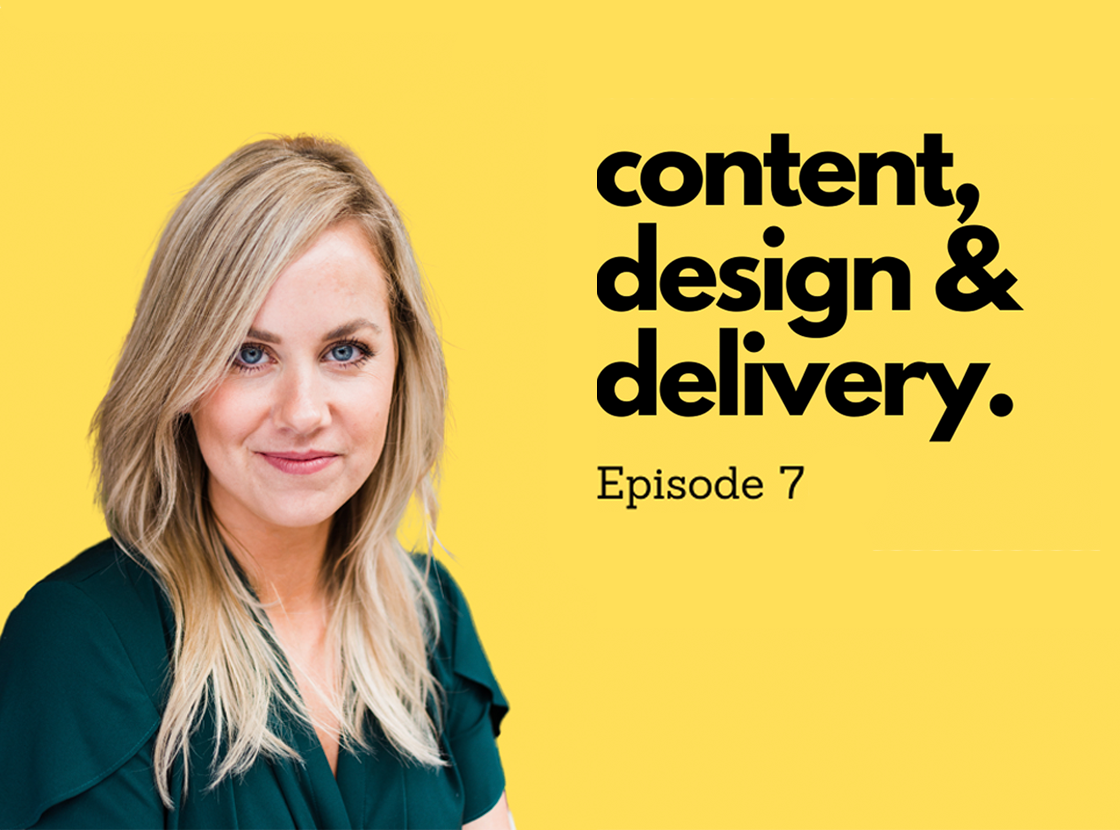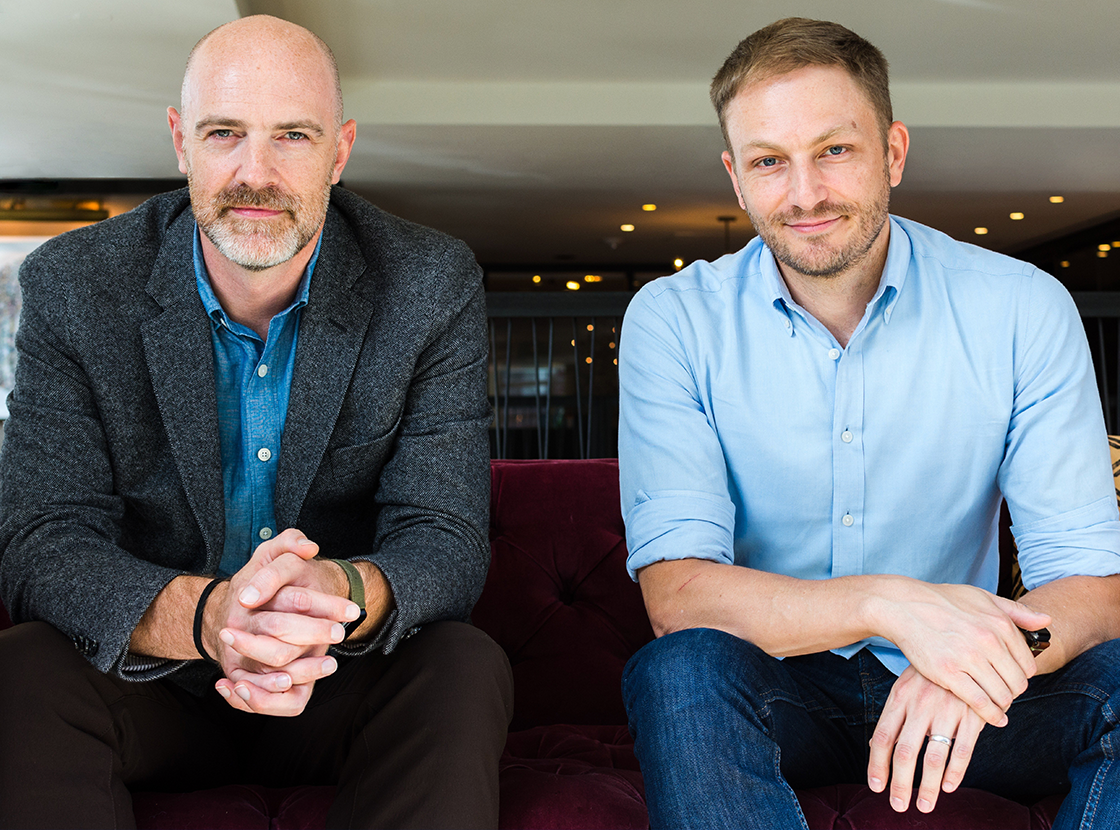‘Why is American Cash Only One Shade of Green?’ And Other Questions That Sparked My Career in Design
August 27, 2020
By Jade Huang
When, at 15, I moved to the United States from China, many things puzzled me. For instance, I didn’t understand why people keep asking “What’s up?” when, really, they just meant “Hi,” and weren’t looking for any further discourse, let alone what might actually be “up” in the air or sky. Another: Why is American cash all just one shade of green? (Oh, interesting!) And why are glasses at restaurants often filled with more ice than water? What I had known as the norms in China (i.e., we prefer our water warm or hot; ice is not on the table, literally or figuratively) were no longer the norms I was experiencing here. And as I remained in the States, the number of “whys” only mounted over the years — some resolved, but many more have since been added.
In college, I realized that this cultural immersion had trained me to think more critically about the world around me than had I lived in more familiar surroundings. So, as it came time to start thinking about a career path (my first, anyway), a possible route I discovered was that of a designer. With a deep thirst for creativity and desire to create and build things, digital design was an avenue that met these needs while simultaneously pairing my years-long training of wanting and, at times, needing to ask those ‘why’ questions in order to survive in a new world. Indeed, I learned that designers go far beyond pushing pixels and selecting hex codes — they observe, talk to people, read, write, and, of course, ask a lot of questions. I soon realized design was an endeavor I could lose myself in for hours, time passing as it never had while studying, say, macroeconomics.
Fast-forwarding to this summer, I’ve had the opportunity to work as a design fellow for Artemis Ward, pitching in on creative projects ranging from client work, social media posts, and internal processes. Yet given the nature of my position — lowest on the totem pole — affecting change and making big splashes has been less a priority than observing, learning, supporting where needed and, you guessed it, asking questions. And as I approach the end of this three-month sprint, there are several areas of design work that have been particularly interesting to me, ones I’ve talked with members of the team about and continue to study and learn about. Below are those that have stood out.
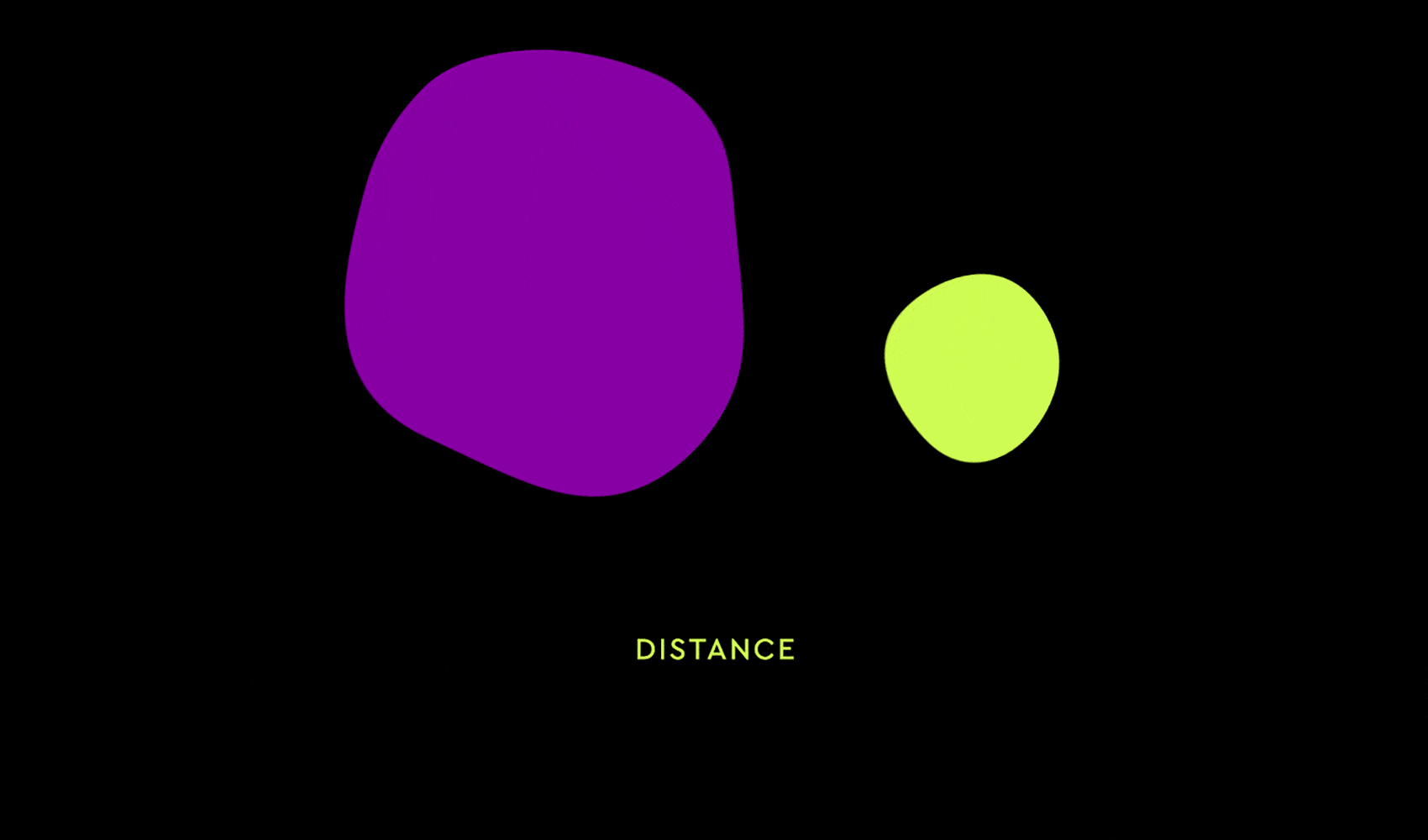
By you, but not about you
Perhaps I’ve always known this in the abstract, but what crystallized for me this summer has been this notion of creating work for an audience that doesn’t include myself. Throughout much of my schooling, projects have largely been an extension of me and my lived experience. Now, I’m actively creating some distance from my work, allowing the perspective of my intended audience to help dictate and inform the decisions I make. As Artemis Ward creative director, Danielle McKenrick, laid bare early this summer: It’s the responsibility of the agency to be aware of personal biases and challenge how these biases inform our approach. Still, McKenrick and others reminded me it’s important to strike a balance and maintain a strong connection to the work to defend its spirit and functionality.
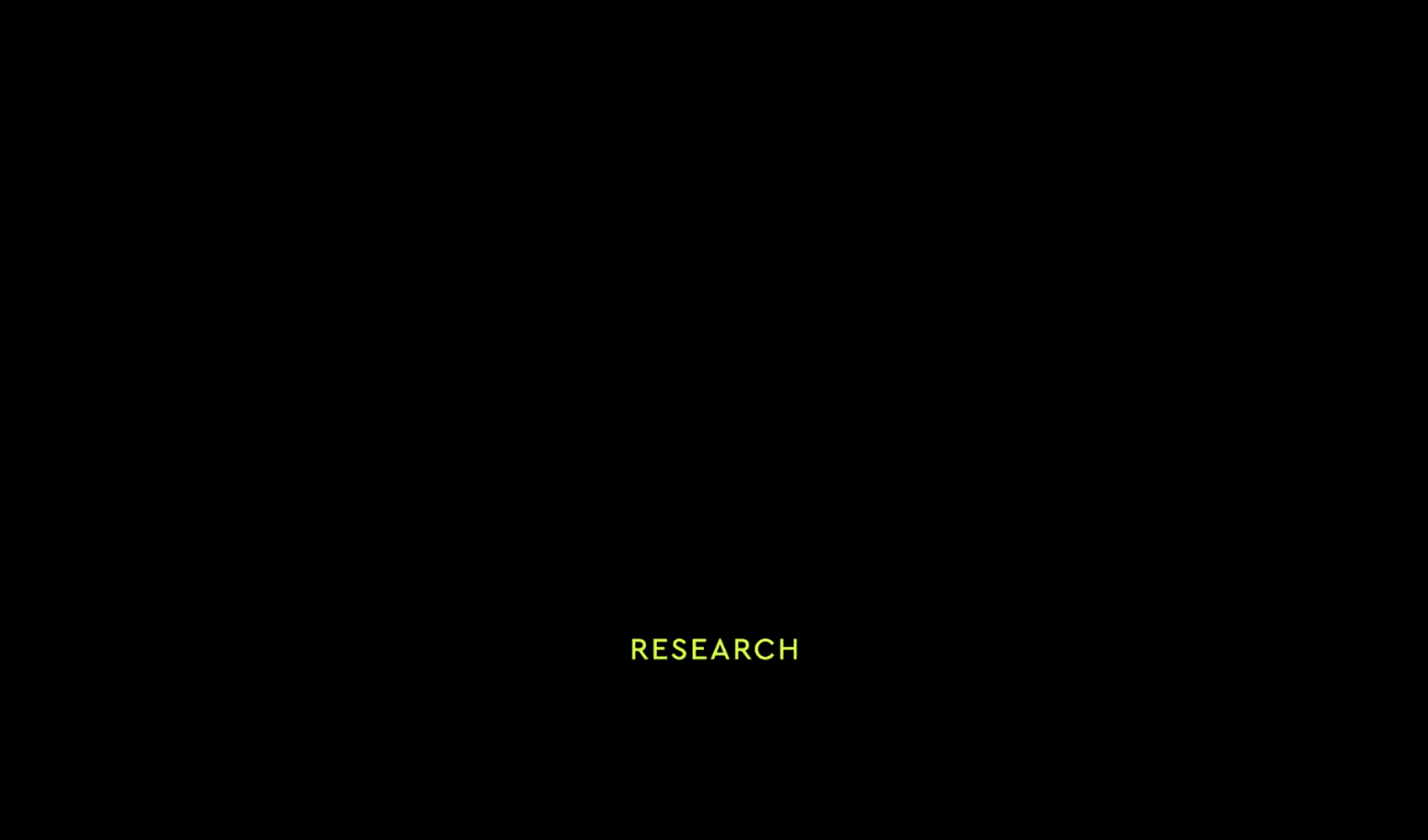
Research comes first
Context and background help inform a level playing field. Put another way: research and insight-gathering arm designers with the knowledge to listen carefully and ask the right questions. Indeed, curiosity and challenging the status quo is how we progress. Given that, I’ve made sure to, when applicable, recognize complexities among audiences and appreciate differing needs and use cases. Because intention and impact are not the same things. And we need to ensure we’re not relying on instinct without also relying on insights. Combining these two ingredients leads to lasting products.
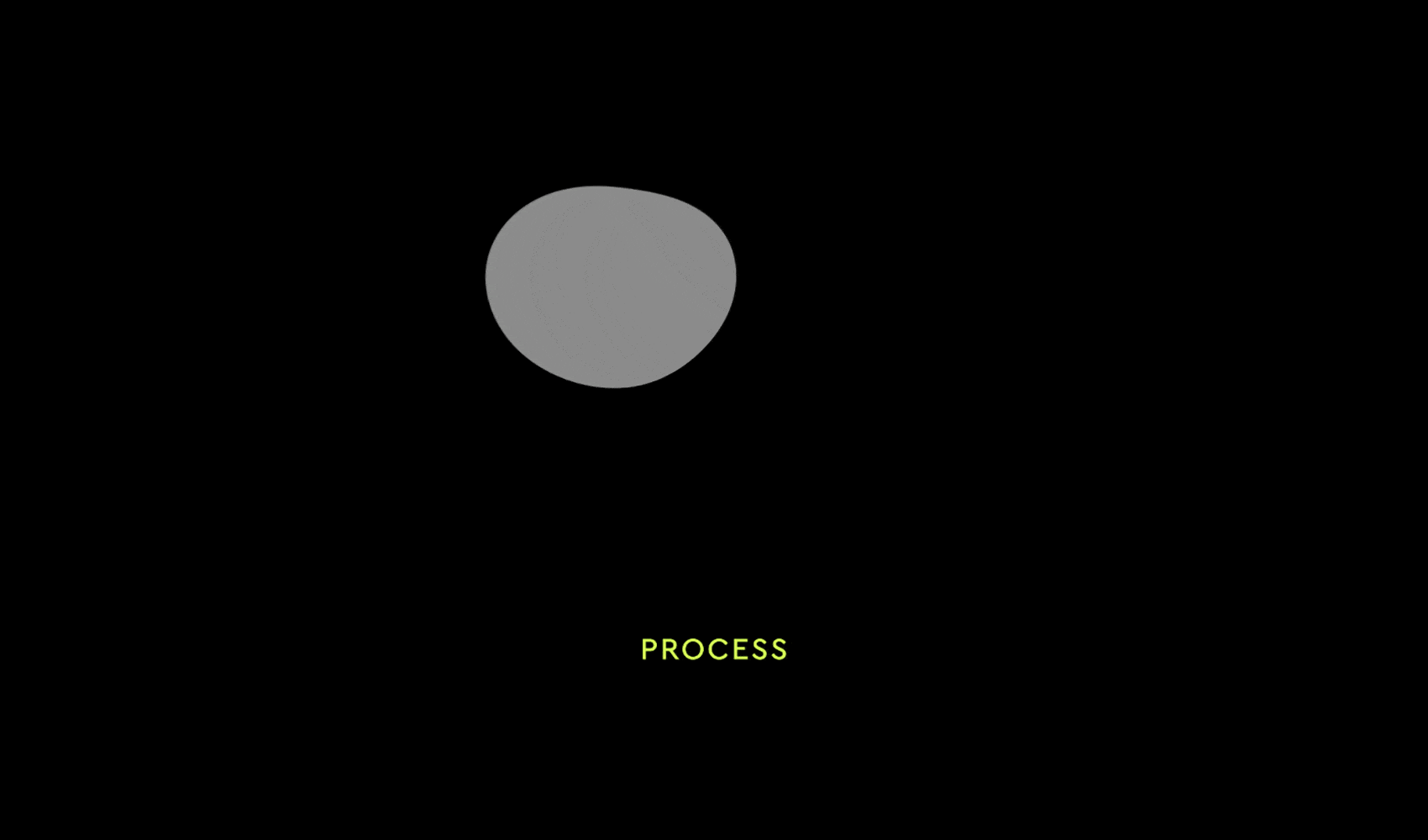
Bake the steps in your process
Building a process allows us to follow a set of rules and barriers that helps keep design projects on track. It holds us accountable while still allowing for the design, UX, and development magic to happen. And it’s important to define and adhere to a process that works for individual teams. In many cases, it’s a combination of research, discovery, ideation, followed by designing and refinement, all with a common knowledge that not every project follows the same linear structure. More specifically, there are benefits to setting up processes and checklists around non-negotiable items, such as accessibility. Senior user experience designer, Ryan Hatch, says setting up accessibility guidelines and protocol helps accelerate projects while maintaining high standards.
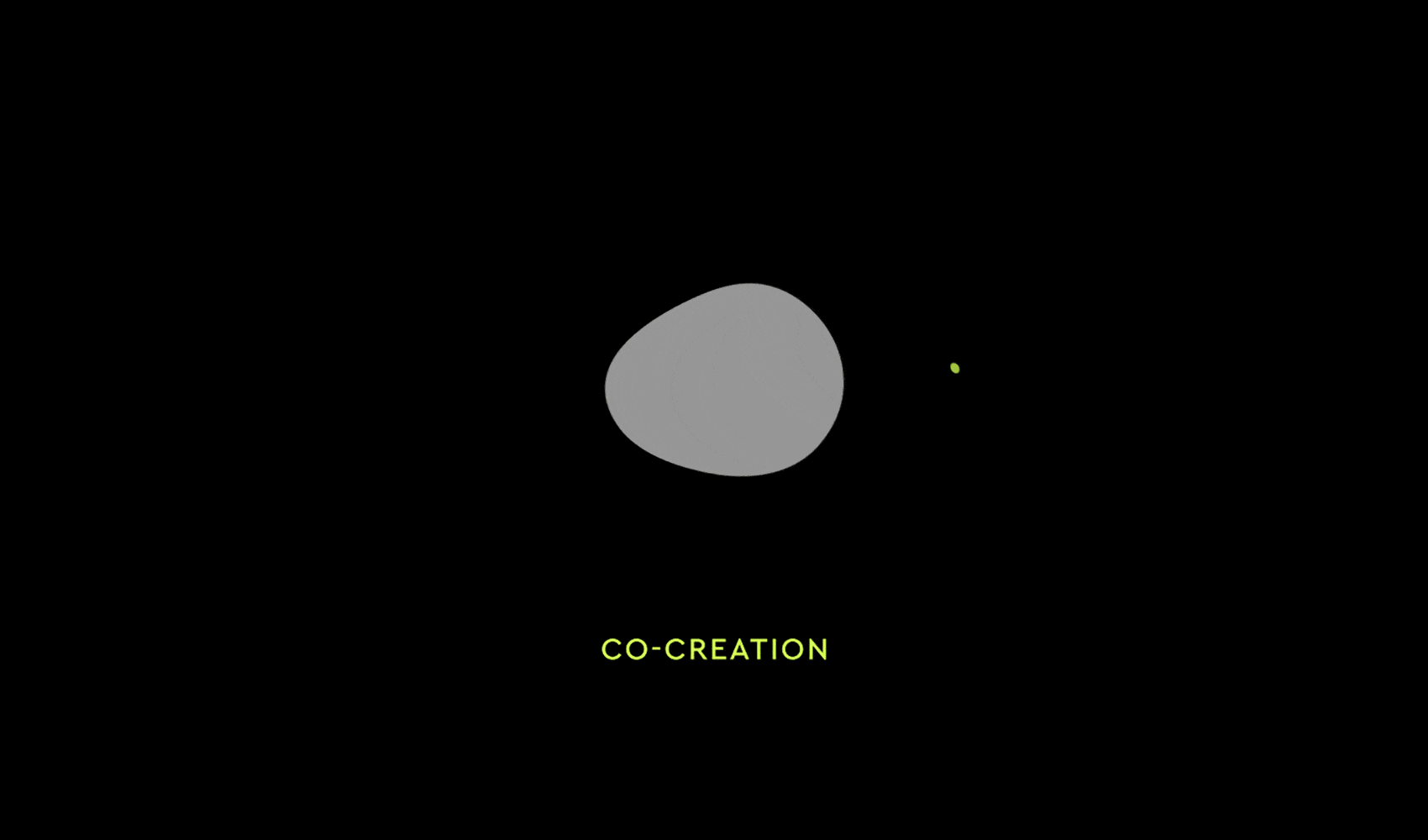
Empathy is not the end-all solution
While empathy is a good starting point in design, it’s not on its own enough. There are limits on how much we can truly empathize with how or why someone will use a product. As Joel Daly, partner of experience design at AW says, “Without realizing it, we have adopted and reinforce biased systems simply because they’re accepted as the normal practice.” In other words, saying “we have empathy for our audience” can quickly become hollow without rigorous testing, research, and observing those who will be using the product.
While attending online design events this summer, I came across an inspiring act of co-creation in the Creative Reaction Lab’s food deserts design projects in St. Louis. Instead of hiring a standard designer for the project, CRL asked five local youths who’d been directly impacted by the issue to create solutions for their community. This helped put the power back to the community and positions the recipients as participants.
Looking ahead
It seems we’re going to hear a lot about co-creation in the coming years among designers. I believe that’s the logical conclusion and correct path. From my view, it’s overdue, and for this profession and industry to thrive, including and welcoming as many people and points of view will be paramount. We have to keep asking why. And we need as many people from as many different backgrounds asking, too. These diverse viewpoints have long been forgotten or, worse, actively ignored, and my hope is to be part of the solution in building cohesive, research-led teams. I’m excited to keep going.



